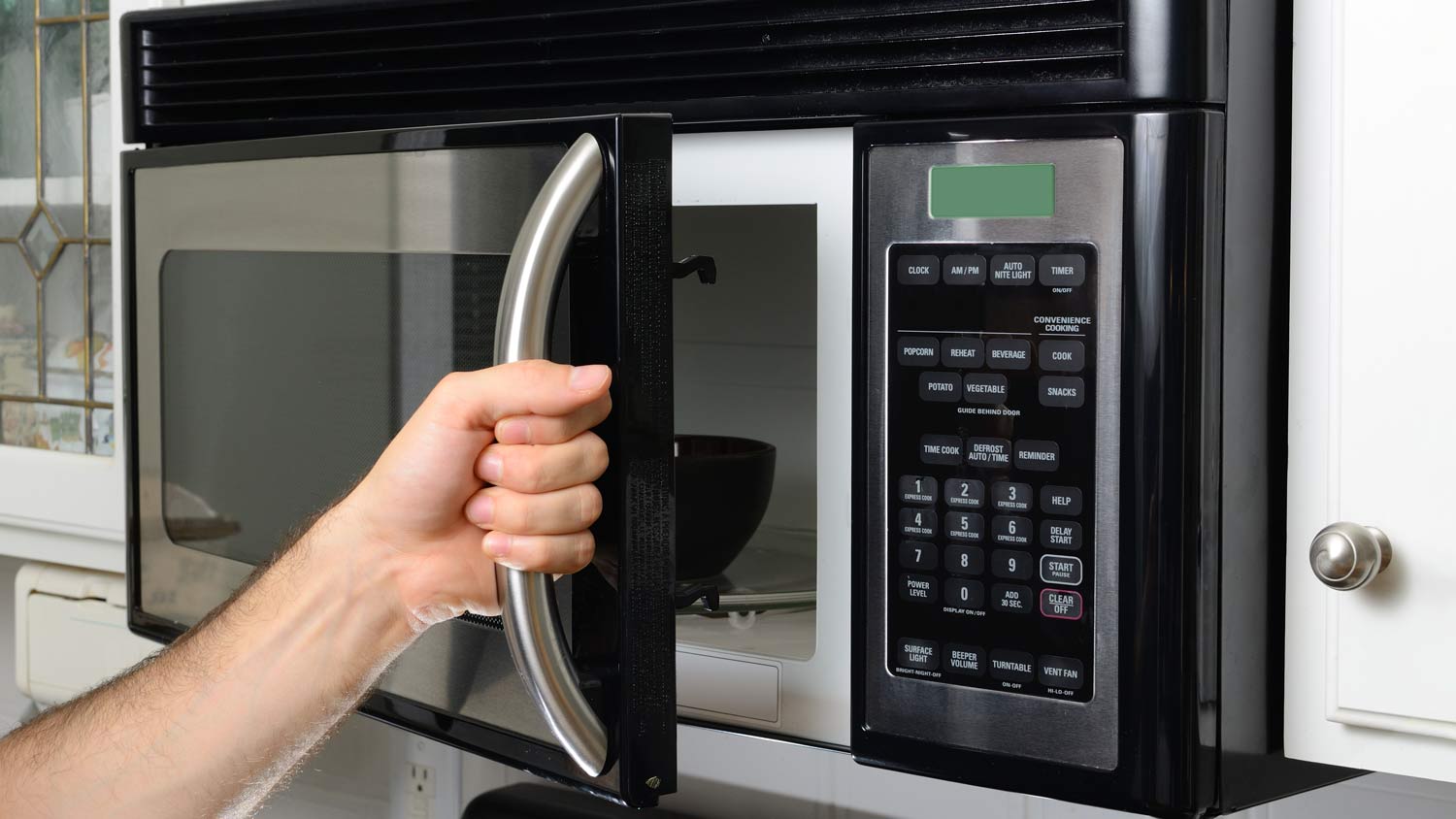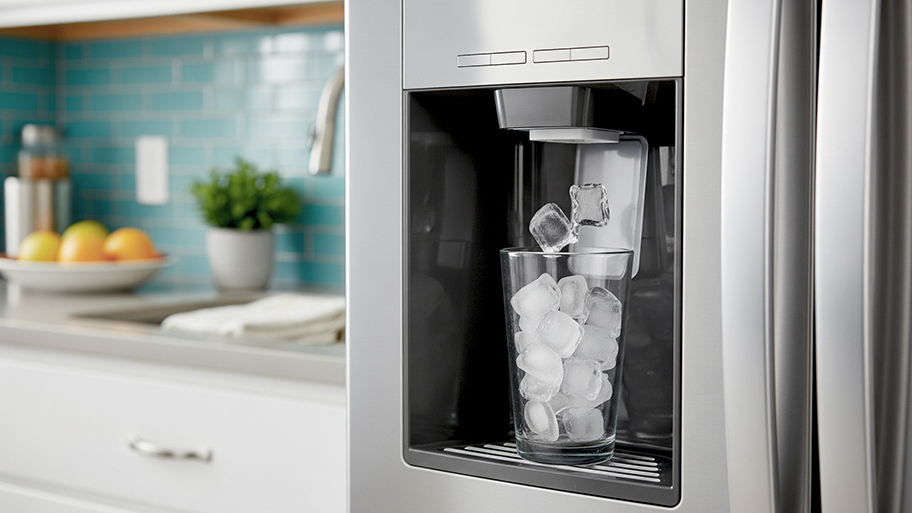
Depending on repair needs and machine age and type, the cost to replace a heating element in a dryer can vary. Learn the average repair costs.
Step away from the leftovers and troubleshoot the problem with this guide


Even small bits of metal, like foil or steel wool, can cause sparking.
A faulty mica sheet exposes metal inside the appliance, leading to sparks.
Faulty parts, like the diode or magnetron, may also cause sparks.
Microwaves have high-voltage capacitors, so leave repairs to the pros.
New microwave installation costs around $100 to $200.
You go to reheat last night’s dinner for today’s lunch, when all of a sudden, there’s a flash of light and a loud sound coming from the microwave. You didn’t accidentally put the spoon in there, so why is your microwave sparking? There are a number of factors that can explain why your microwave is sparking; our guide will help you get to the root of the problem.
We all learn as kids not to put silverware or other metal in the microwave, because it can spark. But even as adults, it’s easy to accidentally put metal or other non-microwavable materials in this appliance without realizing it. If your microwave is sparking, double-check that whatever container is inside is microwave-safe. Also, check that no bits of aluminum foil, steel wool, or other metal bits are stuck to the container.
Inside the microwave is a piece of material called a mica sheet that looks similar to cardboard. The mica sheet, also known as a waveguide cover, shields the waveguide and other electrical components from food debris while still allowing the microwaves in the appliance to heat up your food. However, if the mica sheet is faulty, food debris can build up and burn, causing sparks. The mica sheet could also expose the metal components underneath it, which would also lead to sparking.
Savvy DIYers may be able to replace the mica sheet themselves. But because microwaves contain highly charged capacitors that pose shock or electrocution risks, it’s best to leave any part repairs or replacements to a pro.
Some microwaves have racks that have a plastic coating to prevent the microwave from sparking. Microwaves also have protective coatings inside the heating area to protect the metal parts of the appliance. But if these coatings chip or crack, the metal will become exposed, causing sparks.
If the rack is chipping, you can order a replacement online. For the interior coating, there are touch-up paints made specifically for microwaves; however, these paints can be highly flammable, with vapors that may cause irritation to your eyes and respiratory system if you breathe them in. It’s best to leave these repairs to a pro.
Better yet, consider saving up for the cost of new microwave installation, which is around $100 to $200.
The diode is one of the most important parts of a microwave. This piece allows electrical current to flow in one direction from the power source to the magnetron, which creates microwaves. When the diode wears out or breaks, you may notice a burning smell, sparking, or that the microwave keeps tripping the breaker.
Don’t attempt to replace a diode yourself. The diode connects to the capacitor, which can hold dangerously high levels of voltage that pose a serious electrocution risk, even if the microwave is unplugged. You’ll need a pro to come discharge the capacitor before replacing the diode—or it may be time to buy a new microwave altogether.

A microwave has a door switch to stop the appliance from producing microwaves while the door is open. If the door switch breaks or becomes corroded, though, you may notice the microwave is sparking when it’s heating your food.
Replacing a faulty door switch requires handling wiring, so don’t attempt to DIY. Instead, hire someone who fixes microwaves, such as an appliance repair pro or electrician, for assistance.
In some cases, the magnetron may cause sparks in the microwave when it starts wearing out. More commonly, you’ll notice a loud humming from the microwave, or your food will still be cold after microwaving it.
As with other parts of the microwave, don’t attempt to inspect or replace a broken magnetron yourself. Leave microwave repairs, which cost around $100 to $200, to the pros.
Some causes of a sparking microwave, like accidentally putting a piece of metal inside the appliance, are easy to remedy. But if you can’t find the cause of the sparks, it may be time to consult a pro for repairs or replacement. Hire a local microwave installer to determine whether it’s an issue they can repair or if it’s time to upgrade your microwave to something safer.
From average costs to expert advice, get all the answers you need to get your job done.

Depending on repair needs and machine age and type, the cost to replace a heating element in a dryer can vary. Learn the average repair costs.

Discover the average ice maker repair cost, key price factors, and tips to save. Learn how to budget for your ice maker repair and when to repair or replace.

Garbage disposals last five to 10 years, and replacement is preferred over repairs. Here’s everything you need to know about replacing your garbage disposal.

A leaking washing machine can cause big problems like water damage, so make sure your washing machine drain is up to code with this helpful guide.

There are many different sizes of dishwashers, and which one you choose will depend on whether you want a standard dishwasher size or a custom fit.

Looking to extend the life and increase the efficiency of your dishwasher? Learn how to clean a dishwasher drain to enjoy a clean, dry load every time.